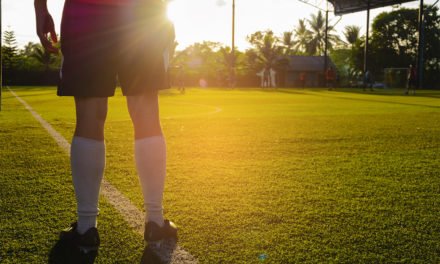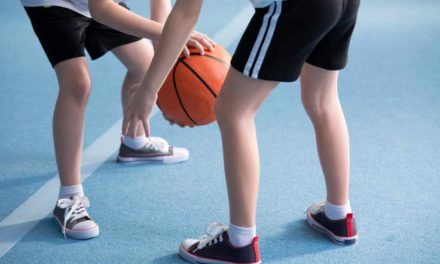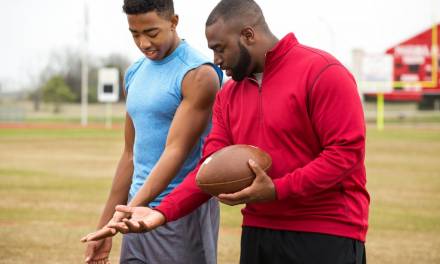Research conducted by the National LGBT Partnership in 2016 found that people who identified as something other than male or female were some of the most inactive people in the LGBT+ community, with up to 64% of people surveyed not physically active enough to maintain good health (The National LGB&T partnership, 2016). As gender and identity continue to become a more prevalent topic of debate in schools, a PE department must consider ways to encourage and empower transgender pupils in PE.
Kit
The first suggestion to engage transgender pupils in PE relates to the PE kit which pupils are instructed to wear. Consider the current kit policies in your department – is the kit practical, giving pupils the ability and confidence to take part in the lesson without being hindered or becoming uncomfortable? Is the kit affordable to purchase and desirable to wear? Are pupils offered a choice of their kit style? Some schools still mandate that girls wear skirts for PE lessons rather than leggings or tracksuit bottoms. This decision could be a barrier to participation for female students and transgender or non-binary students alike. Is the need for tradition more important than engaging with young people? As long as your PE department is consistent at all times with the kit policy, there is no reason why pupils cannot choose from a range of PE kits, especially for their lower half.
An example of changing opinions around sports kits was displayed in the recent Team Girls Cup, which is a pre-season tournament before the Australian Netball League begins. For the first time in the professional sport, teams were allowed to choose the style of kit that they wore in a bid to promote inclusivity.
Changing
Another suggestion is to provide separate changing spaces where available for transgender and non-binary pupils. This will allow these pupils privacy and dignity when changing, especially if they are particularly self-conscious of their bodies or are wearing items such as a chest binder. Offering a transgender or non-binary pupil the option of a private changing space could help them to overcome a barrier to participation and be more likely to encourage them to engage in PE lessons.
It is also important to take into consideration not only the feelings of the transgender or non-binary pupil but also the feelings of the other pupils in the group who may be using the same changing space. Other pupils may feel uncomfortable sharing a changing space with a transgender pupil and may themselves become reluctant to take part in PE. Open, honest and carefully planned dialogue with all stakeholders is the best way to ensure that all pupils are safeguarded at all times.
Opportunities
The final suggestion to engage transgender and non-binary pupils in PE and sports is to ensure that the curriculum is as inclusive as possible. Promote clubs as open to all gender groups rather than ‘girls rounders’ and ‘boys rounders’ so that pupils are not put off by having to agonise over which club to attend. A mixed-gender intra-form competition could be organised across the school to allow for all pupils to be involved, and a handful of non-traditional mixed-gender skill-based events at Sports Day such as bean bag archery, an obstacle course, or even cup stacking could be included alongside the traditional ‘Y8 boys javelin’ and ‘Y8 girls javelin’ events.
Gender has never been an issue more widely discussed topic, and pupils who are identifying as transgender or non-binary should be safeguarded and supported in schools. As PE practitioners, we know the value of regular activity on both physical and mental health and part and we must try to support these pupils to fully engage in PE and sports when in our care.
Why not use the PE Office to acquire lesson plans and schemes of work that can reduce your workload so you can take more time to accommodate the specific needs of transgender students? Call 01909 776900, send an email to mail@peoffice.co.uk or book a free online demonstration here.









